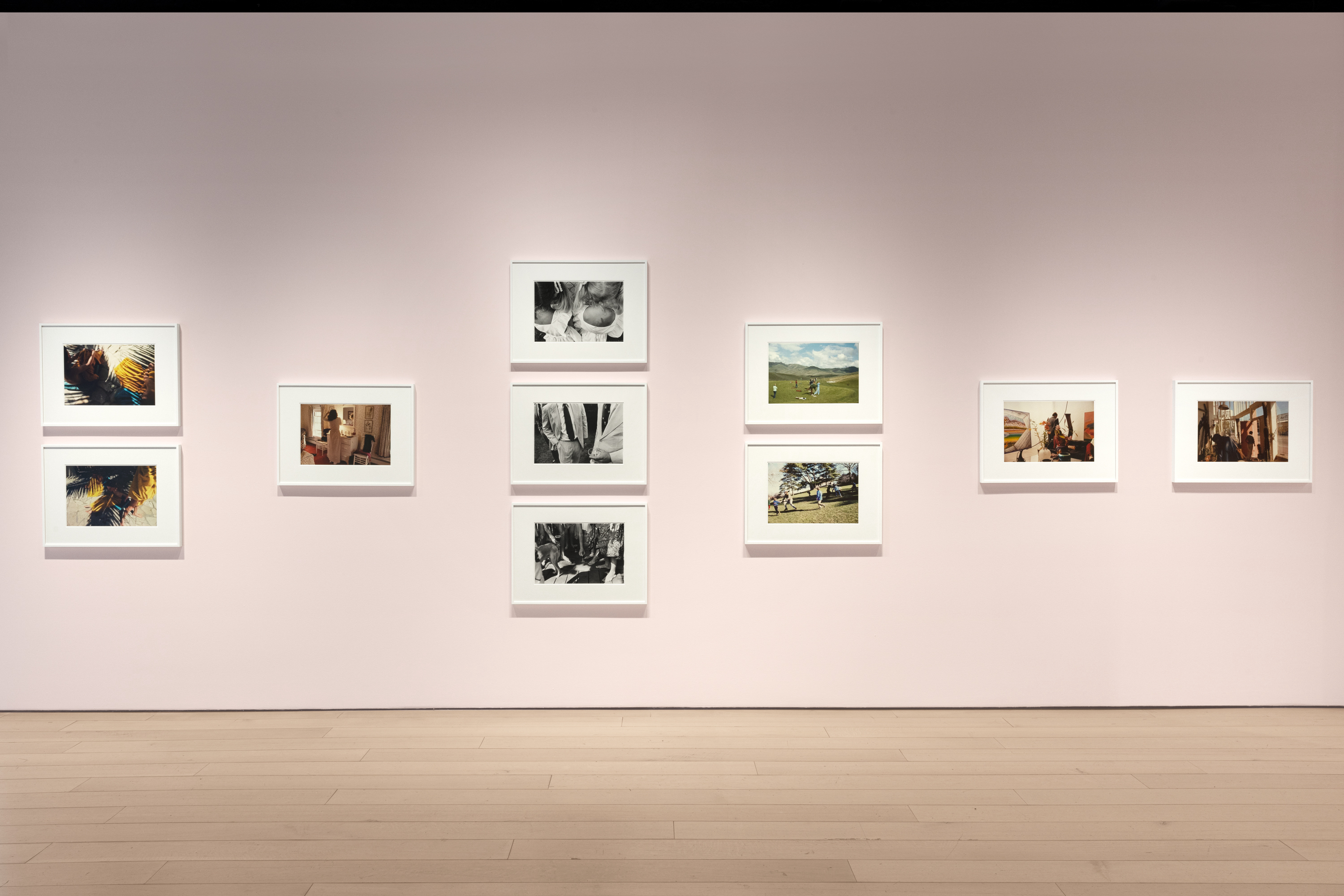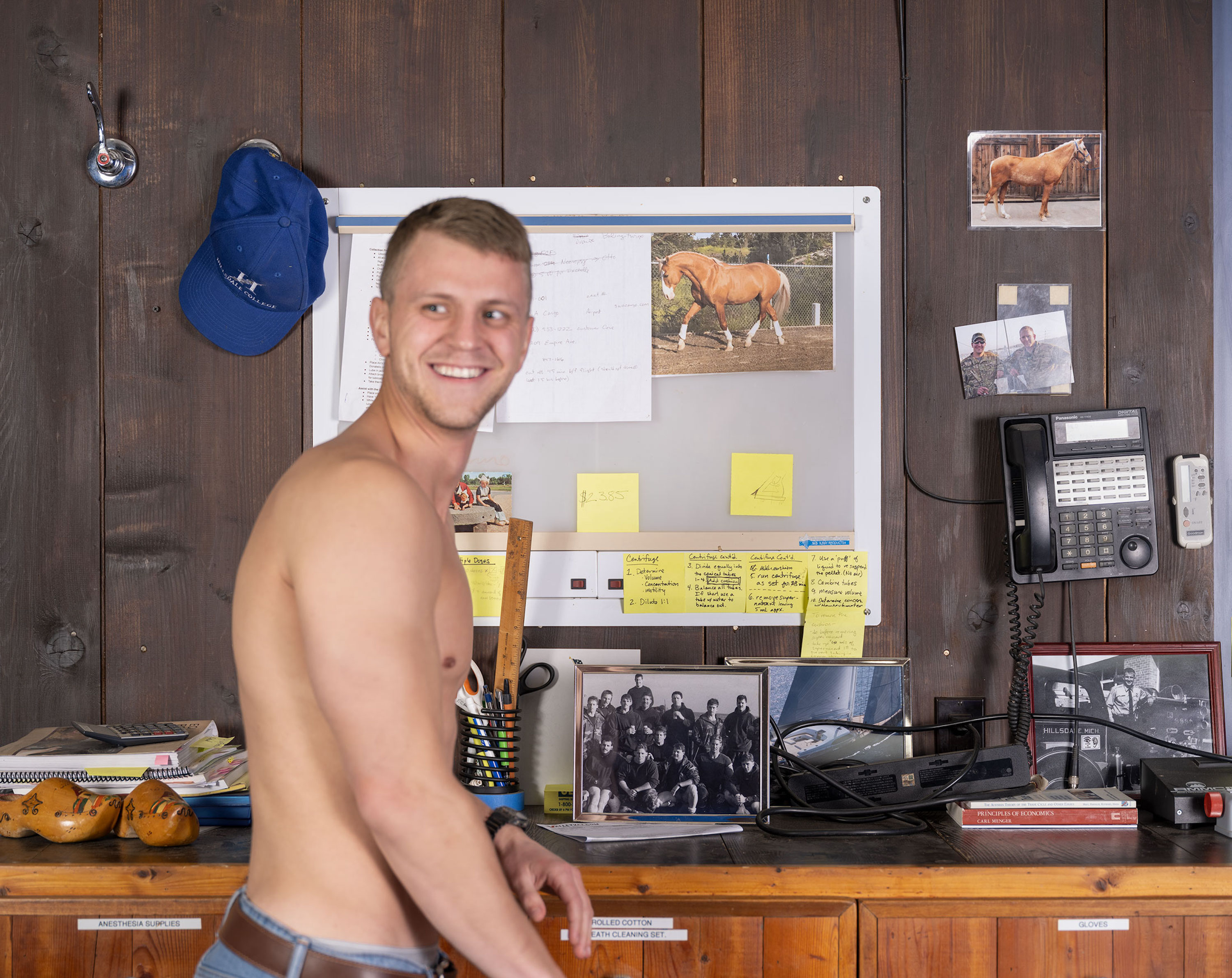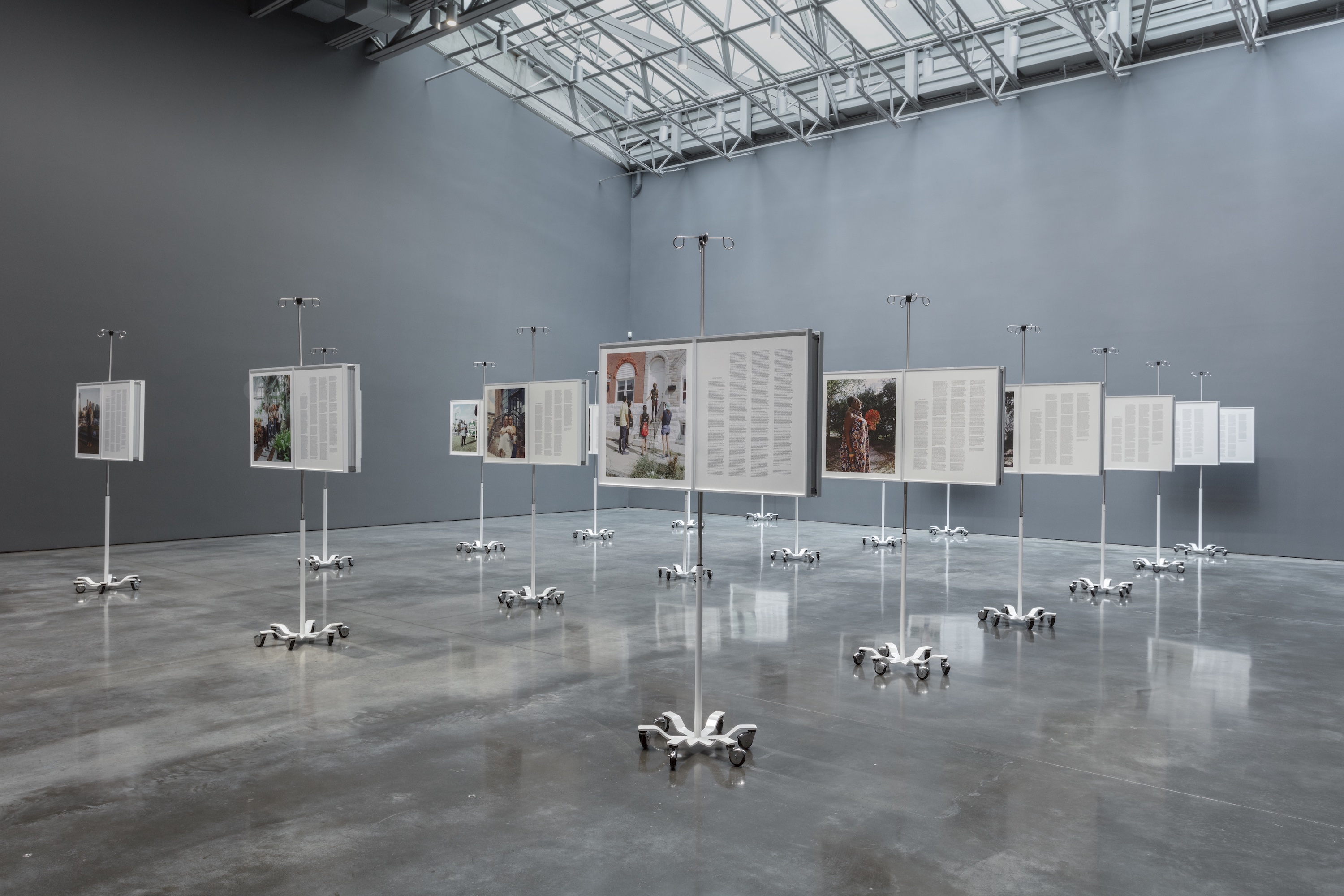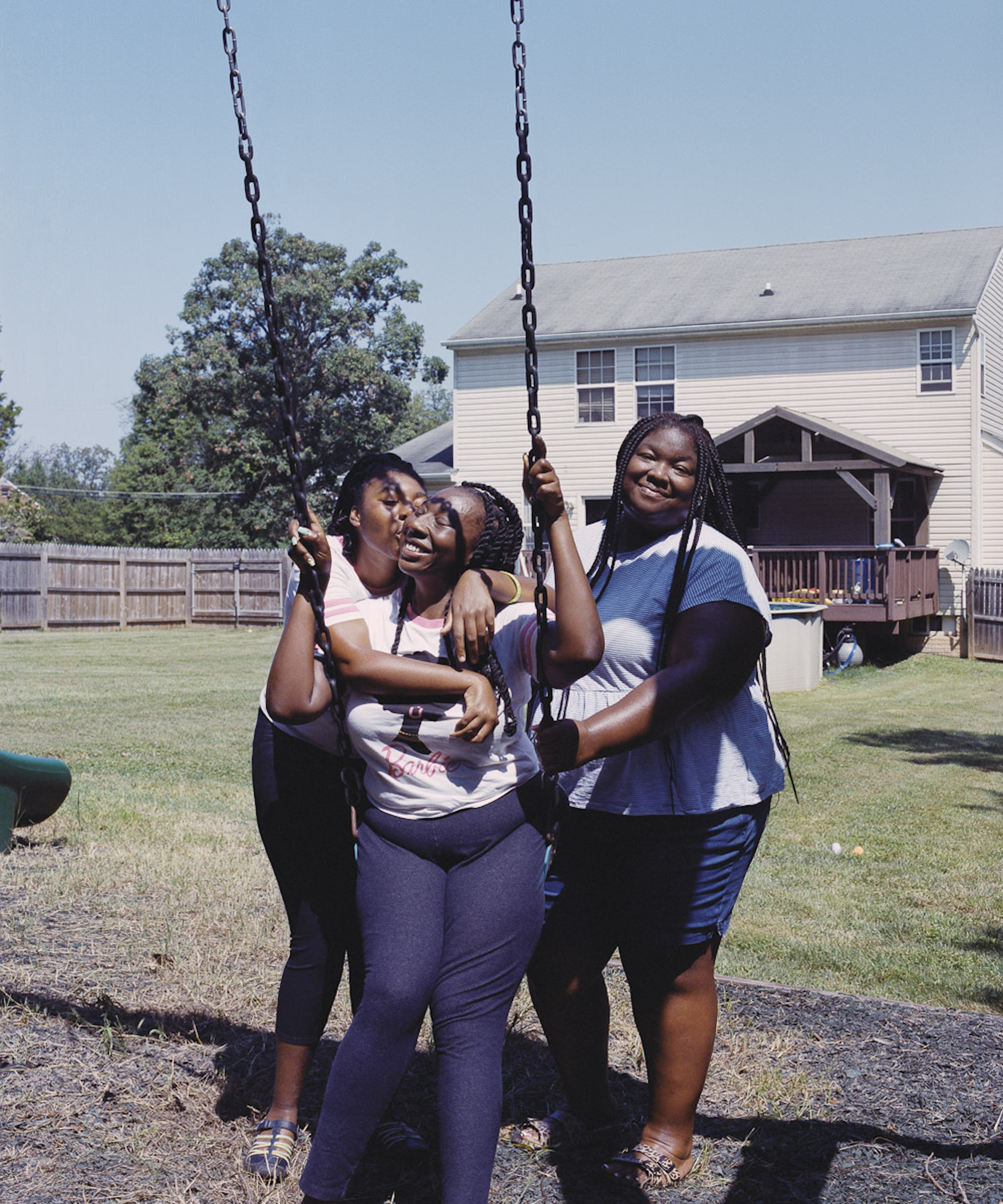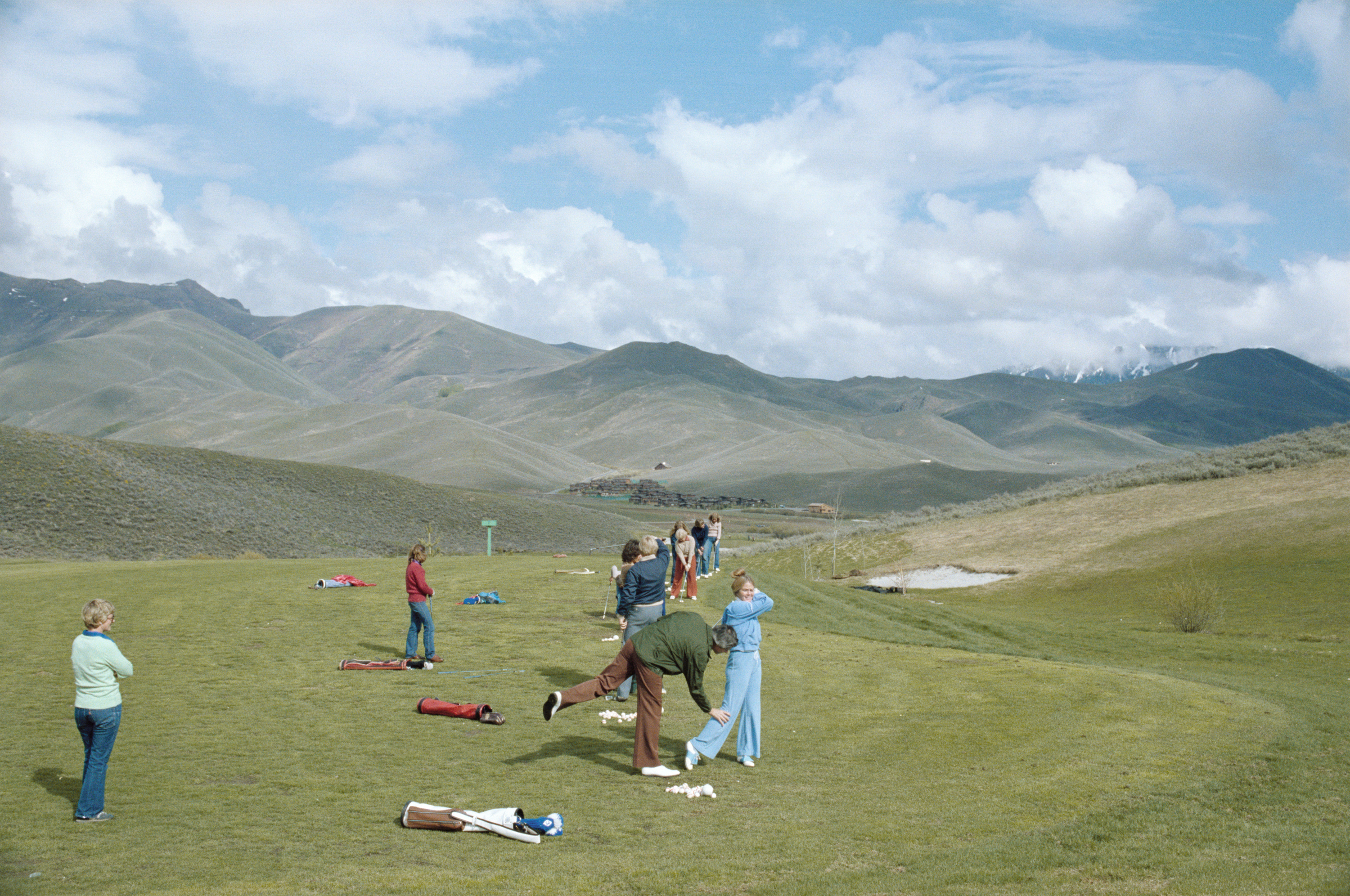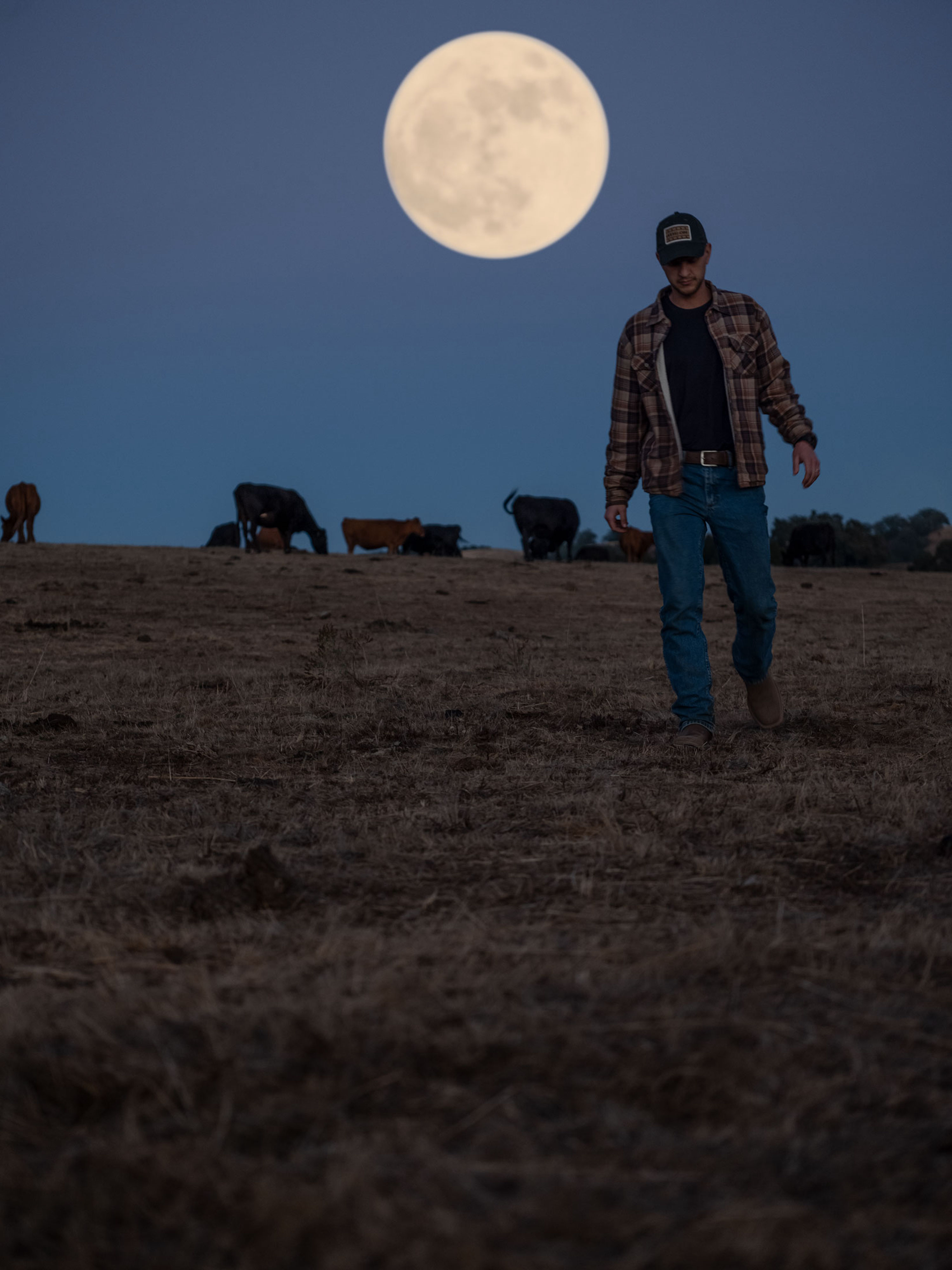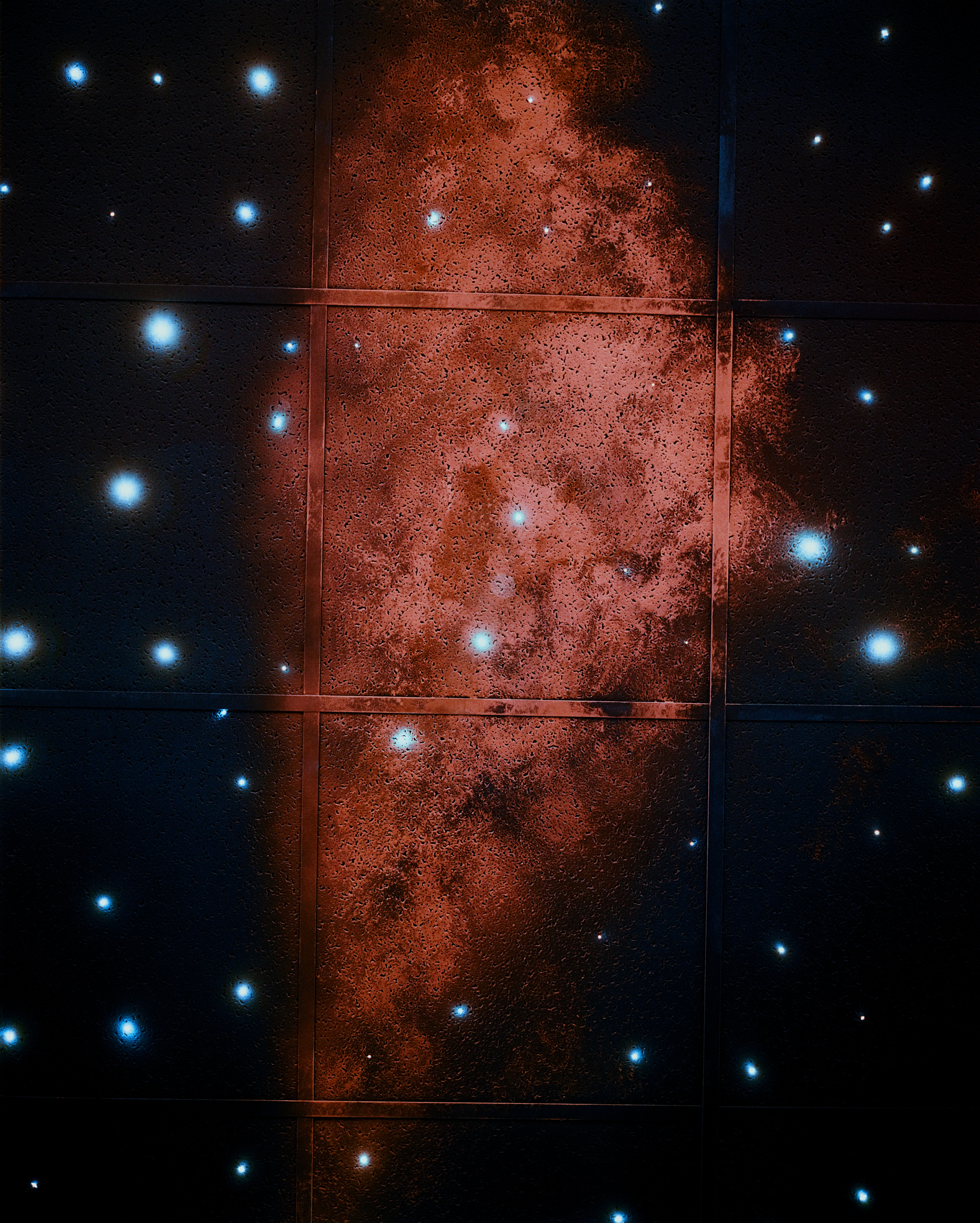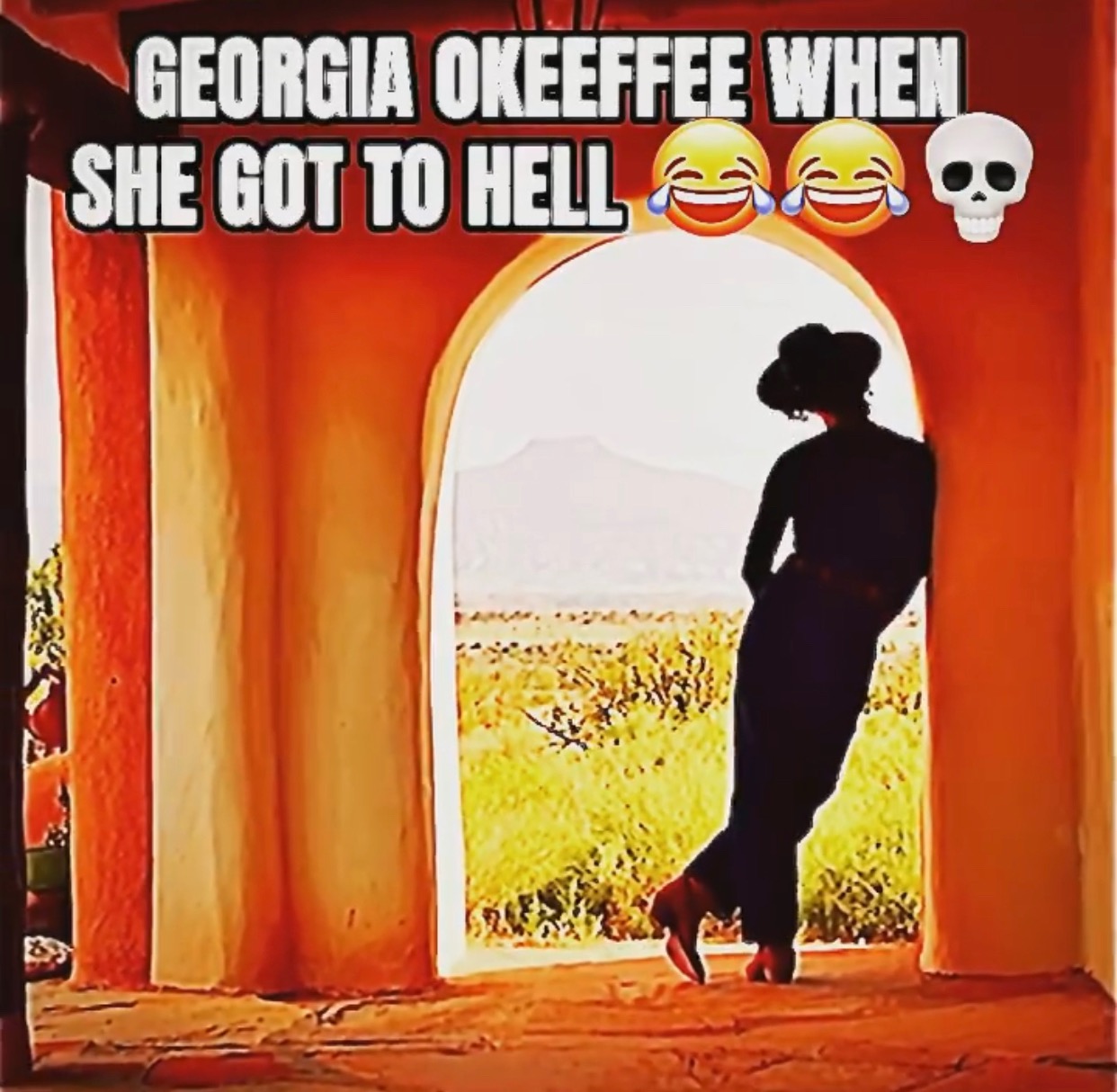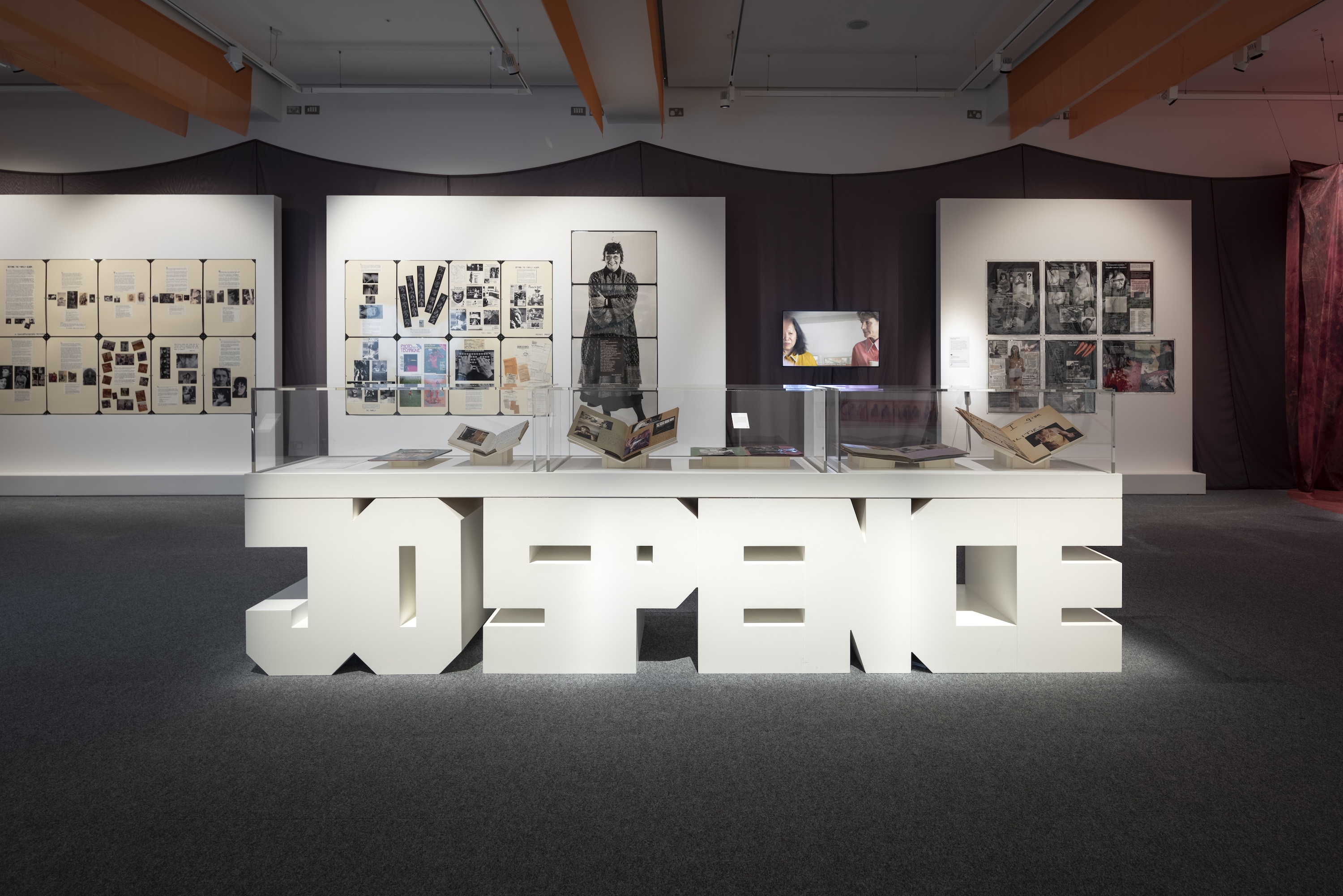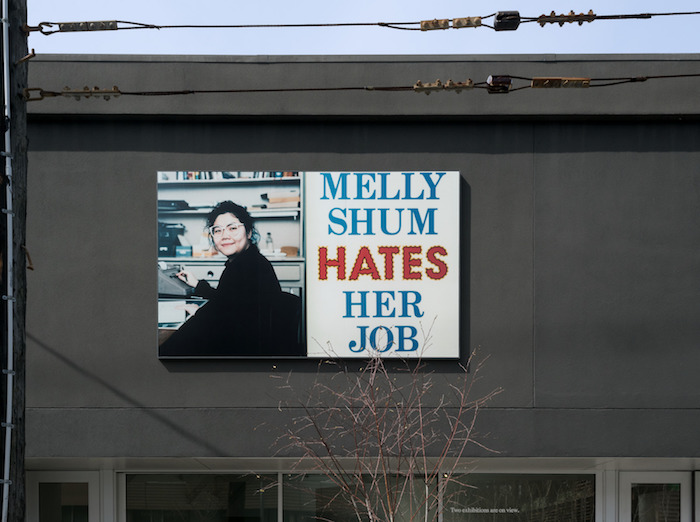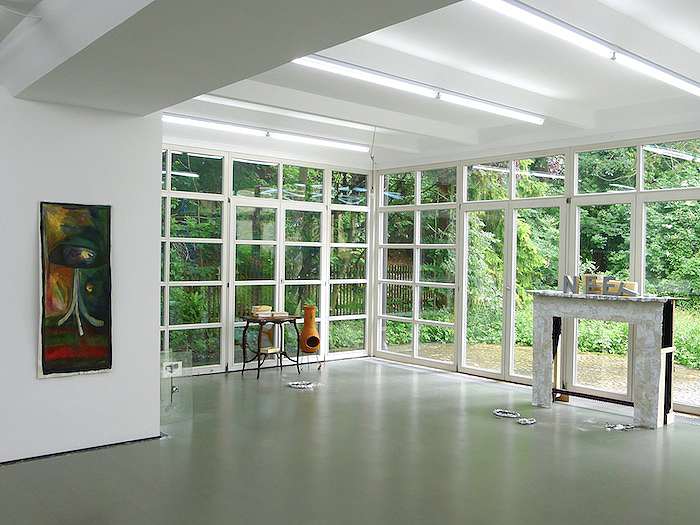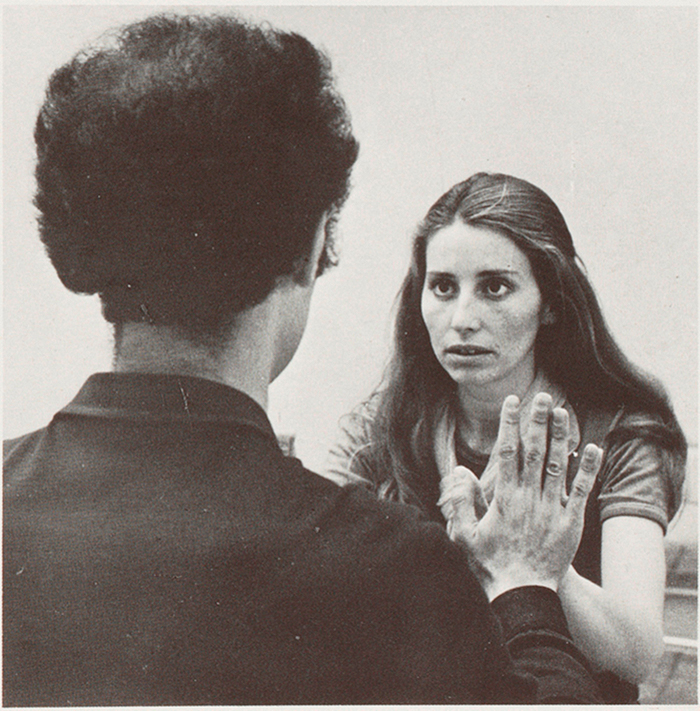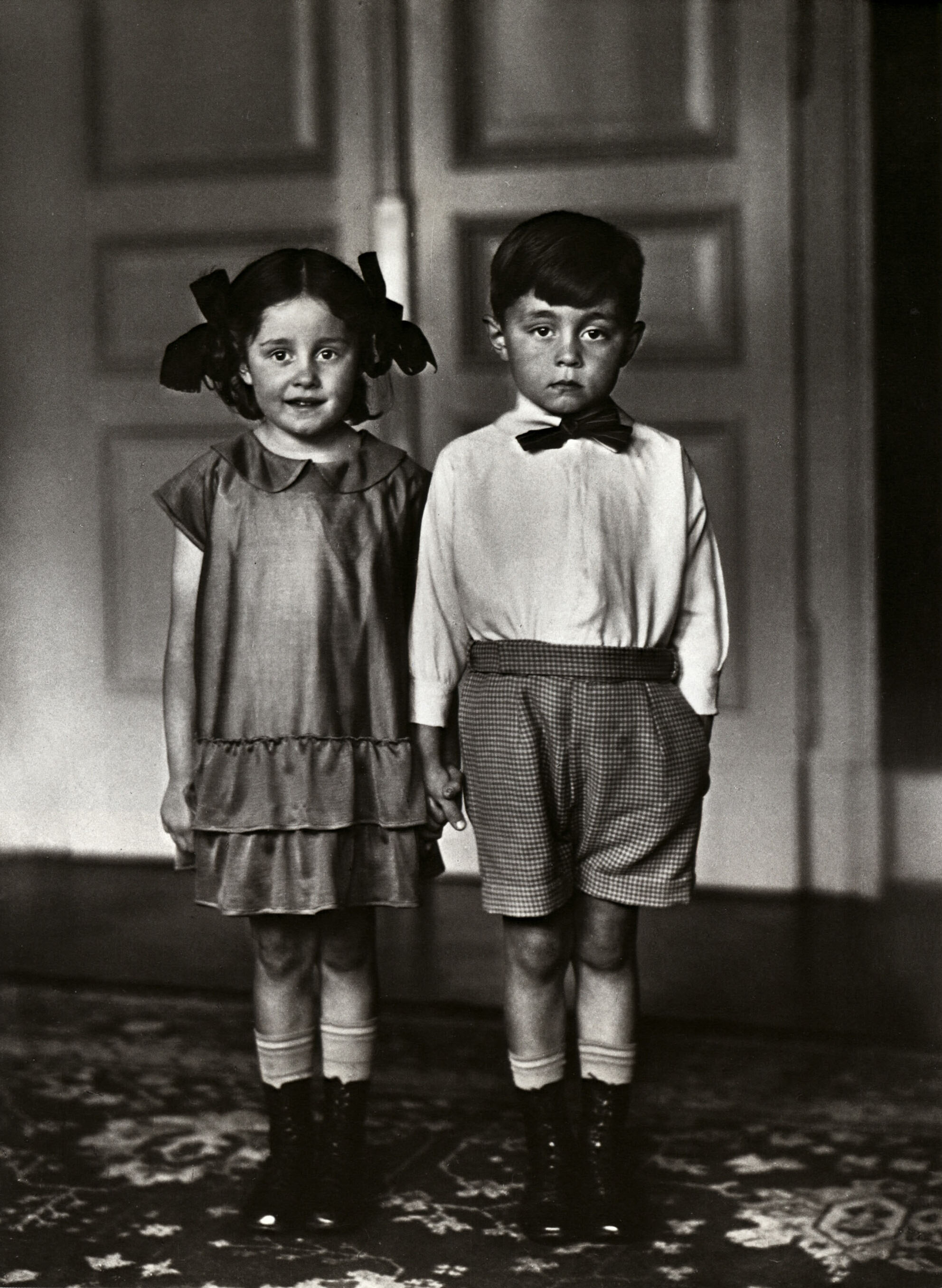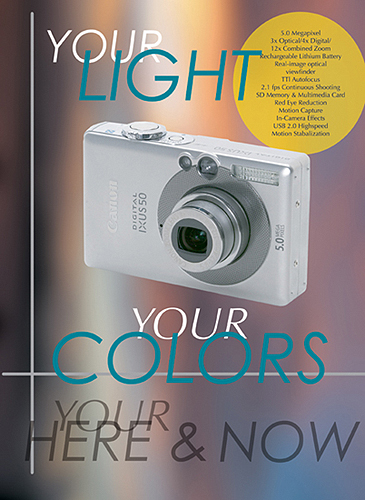That photography has become one of the most banal visual interfaces in twenty-first-century life is no new observation. Every day, millions of people upload scores of images to privatized servers; encounter even more images on algorithmically governed online platforms; and craft their lives in accordance with the cohesive textures of branded imagery. With this, one might ask whether photography’s critical force and relevance has waned in our image-saturated present or, conversely, if its pertinence has been heightened by the unique burden it bears in reflecting on its ethical, political, and aesthetic relation to the accumulating heap of images. Three recent photography-led exhibitions in New York City forged unexpectedly generative dialogues, laying bare photography’s embodied contradictions. These exhibitions, by LaToya Ruby Frazier, Tina Barney, and Buck Ellison, suggest that the medium’s dissonant valences symptomize the wider social contradictions of racial capital and its attendant global crises.1
Installed at Gladstone Gallery is LaToya Ruby Frazier’s More Than Conquerors: A Monument for Community Health Workers of Baltimore, Maryland (2021–22)—after its first showing at the 58th Carnegie International, for which it won the Carnegie Prize. Eighteen metal IV poles are arranged into a minimal grid, their fluid-filled bags notably absent, evoking the spectral gravity of millions of corpses produced at the height of the pandemic. The poles, distanced from one another in accordance with social distancing protocols, gain an uncanny anthropomorphized presence with each pole bearing four frames, two viewable from each side.
Appearing on the front side are diptych portraits of eighteen community healthcare workers (CHWs). These workers function as a critical bridge between the healthcare system and under-resourced communities in the United States. They form, in other words, civil infrastructures that mediate the systemically produced health disparities resulting from class warfare, anti-immigration sentiment, and the afterlives of transatlantic slavery. Here, Frazier pairs realist photographic portraits of each of the workers (predominantly Black women, some of whom pose with their families, and in locations of their choosing), with edited transcriptions of interviews the artist conducted with the workers. The text panels take a while to get through—on average, about 15–20 minutes, the duration of a doctor’s appointment.2 Through this durational strategy, which at best encourages multiple return visits and an ethically attuned witnessing to the self-narrated accounts of the healthcare industry’s “foot soldiers,” but at worst risks inducing frustration, shallow intrigue or dismissal, Frazier counters the racialized logics of spectacle that structure the frenzied consumption of Black subjects on various media platforms.
On the reverse, Frazier further decenters her authorship by incorporating photographs taken by anonymous CHWs, which are then paired with shorter textual transcriptions, many bilingual—in Spanish and English. These images, which largely capture the “organized abandonment” of Baltimore’s predominantly Black-inhabited urban topography, were developed during workshops led by Frazier, in collaboration with Dr. Chidinma Ibe, an assistant professor at the John Hopkins School of Medicine (and one of the subjects in the installation who offers insights not only on the racialized, class-based health disparities within the States but also between the Global North and the Global South).3 Building off the longstanding notion of “photovoice”, brought to Frazier’s attention by Dr. Lisa Cooper, another collaborator/subject, these photographs (and Frazier’s installation as a whole) wield the medium’s evidentiary capacities to make visually palpable counter-claims in an anti-Black public sphere—in the concrete realm of policy-making.4
Some might find the politics of visibility and recognition on which these counter-claims depend problematic. Yet we ought not dismiss Frazier’s reanimation of social and conceptual documentary traditions towards these (albeit constrained) juridical ends.5 6 At present, CHWs are paid through grants provided to healthcare institutions, and as a result, remain ineligible to receive proper compensation along with other salaried benefits, some of which might include, ironically, health insurance. To add to the structural absurdity, these are the same workers who risked their lives to administer vaccines to vulnerable populations at the beginning of the pandemic. Frazier’s (counter-)monument therefore does not operate merely on the register of representation, for its socially embedded, collectivized conditions of production as well as its broadened circuits of distribution exceed the field of art, and in so doing elaborates a mode of artistic practice that is not only about but equally of and for these ongoing labor struggles.
If Frazier’s journalistic approach gives material form to what the theorist Malcom Ferdinand calls the “coloniality of toxicity,” Tina Barney’s suite of early diaristic photographs, on display at Kasmin Gallery, visualize with troubling understatement Ferdinand’s twin phrase, the “toxicity of coloniality.”7 While the former term refers to the disproportionate accumulation of toxic chemicals, arising from capitalist production, in racialized bodies and environments, the latter points to the ways in which centuries-old colonial capitalist structures behave like material-discursive toxins, returning to contaminate social, political, and economic relations in the present.
Produced between 1976 and 1981, before the artist’s big break at MoMA’s “Big Pictures by Contemporary Photographers” in 1983, Barney’s images document the leisurely summer wanderings of a certain “ethnoclass”—rich, white, gender-conforming individuals and families who reside on the American Northeastern coast. The depicted subjects are close friends, family members, and neighbors of the artist, who we learn grew up in the same social milieu.8 The gallery’s pastel-pink-painted walls become preppy visual cues for Barney’s framed, formalist 35mm photographs, which guide the viewer through a non-linear narrative of quasi-aristocratic ease. In two particular works, Golf Lesson (1980) and Thanksgiving Football (1980), installed on top of one another, we see intergenerational groupings of Barney’s subjects engaged in sunny, outdoor sporting activities. The former work dwarfs their bodies, foregrounding them in relation to a distant mountainous horizon, while the latter work, though relatively more intimate in scale, shows them running along a verdant hill, with what appears to be a sizeable stone mansion in the background.
For some, an eerie affect bubbles under these “nostalgic” images of idyllic pleasure, as Barney’s depictions of vast landscapes and estates subtly encode settler colonial visualities of Indigenous expropriation and private property accumulation—a point made all the more concrete by the artist’s stylistic borrowings from Italian Renaissance and seventeenth-century Dutch painting, both indexical sites of early modernity and its constitutive colonial, necropolitical operations. Rather than confront these not-so-glamorous realities, Barney and the gallery’s press release conveniently avoid naming the whiteness that pervades the material conditions, subject matter, and formal composition of these images.
Performing what the philosopher Charles Mills calls an “epistemology of ignorance,”9 they instead defect to depoliticized formal analysis and the vaguest liberal-humanist language, interpreting the photographs as “observing the generational repetition of familial traditions and rituals as played out in domestic settings.”10 While Barney’s work may have had some kind of cultural purchase in the 1980s and 1990s, providing insider access to WASP lifestyles which the then-emergent nouveau riche, minted by Thatcher-Reagan neoliberal policies, aspired to and mimicked, they now seem to awkwardly luxuriate in their depictions of white largesse. Such largesse was exposed and exacerbated during the pandemic; while the predominantly white ruling classes lounged about in their spacious homes, profiting off global precarity, working-class individuals of color (like those in Frazier’s installation) kept the global economy afloat, receiving nothing but ill health, police brutality, and employer harassment in exchange for their essential labor.
The work of Buck Ellison, on view at Luhring Augustine, offers one example of how whiteness might be critically interrogated (without the distraction of equally unproductive, self-congratulatory moralistic pretensions). Ellison’s exhibited photographs, made between 2017 and 2022, are meticulously researched yet fictionalized portraits of Erik Prince, the founder of the controversial private security firm, Blackwater. Ellison situates Prince in 2003 on his Wyoming ranch, the same year his firm was awarded contracts by the United States military after its invasion of Iraq and Afghanistan. Partly influenced by Barney’s documentation of the American elite and her staged compositions (which she developed from 1981 onwards), Ellison paradoxically wields artifice to illuminate the historical and ongoing reproduction of whiteness and global coloniality. Using an actor, multiple props, and researched locations, the artist produces cinematic images that concentrate, via queered logics, circuits of ambivalent desire and estranged commercialized affect. Akin to the photographs’ citational titles (which the exhibition’s accompanying publication, Little Brother, decrypts), Ellison’s images function as visualized footnotes, each depicted book, garment, tax filing, bodily gesture, and architectural feature referencing a specific detail from Prince’s life and the networked institutions that shaped and produced it.
For instance, in Fog, In His Light We Shall See The Light, Raintree 23 Ltd Ptnr, Excess Distribution Carryover, If Any, 2003 (2021) (also exhibited at the 2022 Whitney Biennial), an imagined Prince stands shirtless in his ranch’s office in front of a constellation of various objects. These objects chillingly connect the myriad repressive and ideological state apparatuses that sustain neoliberal hegemony: they include an image of Prince’s Navy SEAL Team unit, a cap from Hillsdale College (a conservative Christian liberal arts college, which Prince attended), a stack of books by Austrian free-market economists (who Prince studied as an economics major), and wooden shoes from Holland, Michigan (where Prince was born).11 In a neighboring work, the Prince character appears in extremely close range, staring down the barrel of a rifle with one eye closed. Here, Ellison went so far as to modify the actor’s ear size and eye color in the editing phase to more closely approximate Prince’s facial features. In transforming dense investigatory research on an agent of U.S. imperialism into ambiguous quotidian scenes that invite intrigue and even homoerotic titillation, Ellison dramatizes photography’s structuring antinomies of veridicality and mystification.
If Frazier’s civic poetics, Barney’s lifestyle portrayals, and Ellison’s notational docufictions speak to each other with a sharpened intensity today, it is because they point to a “crisis of visuality” at the heart of photography.12 These practices unravel, by conscious and unconscious means, the uneven material grounds upon which photographic images are produced and the social and historical entanglements that constitute and sustain this unevenness. Frazier’s, Barney’s and Ellison’s works collectively reveal photography’s racial capitalist conditions of possibility.
Other photography-focused exhibitions, besides the ones discussed here, include Clifford Prince King at Gordon Robichaux, Susan Hiller at Lisson Gallery, Uta Barth at Tanya Bonakdar, and “Photography Then” at Anonymous.
“NSE #785 | LaToya Ruby Frazier and Jessica Holmes, with Madison McCartha,” The Brooklyn Rail (April 2023), https://www.youtube.com/watch?v=jME3Gn2rnsU.
This phrase is taken from Black abolitionist geographer Ruth Wilson Gilmore. Gilmore elaborates the interrelations between race-making, spatial politics, and health disparities in Abolition Geography: Essays Towards Liberation (London and New York: Verso Books, 2022).
Press release for “LaToya Ruby Frazier: More Than Conquerors: A Monument for Community Healthcare Workers of Baltimore, Maryland, 2021-22,” Gladstone Gallery, 2023.
Frazier’s practice recalls figures in the social documentary tradition such as Walker Evans, Gordon Parks, David Goldblatt, and Jim Goldberg; and in the conceptual (post-)documentary tradition, figures such as Allan Sekula, Fred Lonidier, and Carrie Mae Weems.
I have in mind Saidiya Hartman’s historically grounded, Black feminist critiques of legality in Scenes of Subjection (New York and Oxford: Oxford University Press, 1997); as well as Glen Sean Coulthard’s Indigenous critiques of state recognition in Red Skin, White Masks: Rejecting the Colonial Politics of Recognition (Minneapolis: University of Minnesota Press, 2014).
Malcom Ferdinand, “Facing the Colonial Toxicity of the World: The Case of the French Caribbean,” Cooper Union Intra-Disciplinary Seminar series, April 2021.
The term “ethnoclass” is taken from the theorist Sylvia Wynter; see “Unsettling The Coloniality of Being/Power/Truth/Freedom: Towards The Human, After Man, Its Overrepresentation—An Argument,” The New Centennial Review, vol. 3, no. 3 (Fall 2003).
Mills defines such an epistemology as “a particular pattern of localized and global cognitive dysfunctions (which are psychologically and socially functional), producing the ironic outcome that whites will in general be unable to understand the world they themselves have made.” See Charles W. Mills, The Racial Contract (Ithaca and London: Cornell University Press, 1997), 18.
Press release for “Tina Barney: The Beginning,” Kasmin Gallery, 2023.
Louis Althusser, Ideology and Ideological State Apparatuses, 1970. Available here: https://www.marxists.org/reference/archive/althusser/1970/ideology.htm.
Nicholas Mirzoeff, The Right to Look: A Counterhistory of Visuality (Durham: Duke University Press, 2011).
